About India
For good reason is India sometimes referred to as a ‘subcontinent’. Even excluding immediate neighbours such Nepal, Bhutan and even Sri Lanka, the country’s very size and diversity lend it some of the attributes of a continent. The world’s most populous country – 1.4 billion in early 2023 – with over half a dozen ethnic groups has twenty-two officially recognised languages; there are hundreds if not a thousand more dialects too. It has some of the world’s highest mountains and among its hottest deserts.
India often feels like a land of extremes; it’s arid and lush, it’s (sometimes) incredibly hot yet can also feel surprisingly cold. Cities hum with frenetic energy while nearby ruins might be utterly still and silent. The source of two major world religions (Hinduism and Buddhism), it also founded Sikhism and Jainism. Cultures vary enormously from north to south and east to west – perhaps one reason why some travellers return again and again never to retrace their footsteps.
North India
[Principal states are Rajasthan, Jammu & Kashmir, Himachal Pradesh, Uttarakhand and Uttar Pradesh]
Delhi, the national capital, is one of the country’s principal gateways with onward journeys typically involving Rajasthan – the so-called ‘Desert State’ – with its remarkable heritage of huge palaces and rambling forts. Agra, home to the iconic Taj Mahal and several other vital monuments, is a key part of the classic ‘Golden Triangle’ itinerary together with Delhi and Jaipur (Rajasthan’s state capital).
Further east beside the River Ganges, Varanasi is one of world’s oldest continuously inhabited cities. Broadly north of Delhi and east of Amritsar – home of the celebrated Golden Temple – fertile plains give way to the forested Himalayan foothills. Here stand pretty hill stations such as Shimla, the Raj’s former summer capital, and Naini Tal; Tibet’s venerable Dalai Lama still resides in Dharamsala. Higher still stretches Ladakh, or Little Tibet, with its astonishing Himalayan landscapes and virtually unchanged villages and monasteries anchoring its Tibetan Buddhist culture.
South India
[Principal states are Goa, Karnataka, Kerala and Tamil Nadu]
Bounded by the Arabian Sea, the Indian Ocean and the Bay of Bengal, this vast area includes parts of the Deccan Plateau. The coastal region, particularly in tropical Kerala, is among the greenest parts of India with palm-fringed beaches and spice plantations, rice paddies and distinct inland waterways or ‘backwaters’ – ‘God’s Own Country’ is its neat moniker. Goa, formerly a Portuguese colony, is almost as lush yet graced with popular beaches and a subtle faintly European flavour peppered with numerous Catholic churches and shrines.
Karnataka occupies part of the Deccan and boasts an a fine clutch of monuments and sights including the ruined medieval city of Hampi and the 11th- to 12th-century temples of Belur and Halebidu. Mainly facing the Bay of Bengal, Tamil Nadu is famed for huge temple complexes – among them Madurai, Trichy and Thanjavur – ancient monuments yet, centuries on, still enduring places of worship with thousands of daily pilgrims. Right on the coast, the small former French colony of Pondicherry retains a faintly Gallic flavour.
Central India
[Principal state is Madhya Pradesh]
Madhya Pradesh, India’s heartland state, is in some ways among its more enigmatic destinations. Known above all for its tiger reserves with their significant populations of Bengal tigers, Bandhavgarh, Kanha, Satpura, Panna and Pench National Parks offer some of the country’s best tiger sightings along with other wildlife ranging from bison to antelopes, and wild dogs to hyaenas. Upscale tiger safaris include matching accommodation ranging from luxury tented camps to boutique lodges.
In many ways this is India at its most tranquil, a place where expert guides can not only inform about flora and fauna but also life in rural India. Many of the region’s hamlets and villages are extremely well kept and there’s a rich tradition of handicrafts and textiles particularly among some of the tribal communities. Moreover the state has more than just wildlife – fine monuments include medieval palaces, millennia-old fortresses, one of the country’s largest mosques (in Bhopal) and at Khajuraho a clutch of temples celebrated for their sculpture.
East India
[Principal states are West Bengal, Bihar, Sikkim, Assam]
Anchored by Kolkata (previously Calcutta), former capital of the Raj before it shifted to New Delhi, the east is comparatively overlooked. Kolkata remains a fascinating city with a rich heritage of Victorian architecture. It’s a place whose vitality invariably surprises visitors by not simply resembling its cliched if not outdated image as a bed of poverty and helplessness. Up in West Bengal’s Himalayan foothills, Darjeeling is as famed for its tea and mountain views as for its picturesque ‘toy train’, a narrow-gauge railway built in 1881 and still operating today.
Bodh Gaya in Bihar marks the very spot where Buddha achieved enlightenment under a fig tree – pilgrims have been coming here for over two millennia. Far to the east and watered by the mighty Brahmaputra River, Assam is one of the so-called ‘Seven Sisters’ – seven states comprising the north-eastern region bordering Tibet and Myanmar. Most visitors here tend to cruise the Brahmaputra but states like Arunachal Pradesh offer bolder travellers some of the country’s most adventurous journeys.
West India
[Principal states are Maharashtra and Gujarat]
Capital of Maharashtra state, Mumbai is India’s second city yet it’s still an economic powerhouse with its teeming millions crammed onto a cluster of islands that were largely joined together in the 18th and 19th centuries. Mumbai is now another major gateway city with ready access to Rajasthan and the southern states. Maharashtra’s own sights are spearheaded by Ajanta and Ellora – extraordinary rock-cut caves whose remarkable Hindu and Buddhist temples, statuary and paintings remained hidden for centuries. Today they’re UNESCO World Heritage Sites. Meanwhile Tadoba Andhari Wildlife Reserve is another good place to spot tigers.
Surprisingly, the westernmost state of Gujarat receives relatively few foreign visitors though it’s not for lack of sights. Mahatma Gandhi’s strong connection with state capital Ahmedabad is poignantly illustrated in his Sabarmati ashram while other regional sites include an incredible step well in Patan and the picturesque hilltop Jain temples at Palitana. Rather more remote are the arid salt plains and marshes of Kutch, home to remarkable tribal communities known for their textiles and handcrafts. Unique wildlife offerings in Gujarat are Asiatic lions (mainly in Gir) and Indian wild asses (in Kutch).
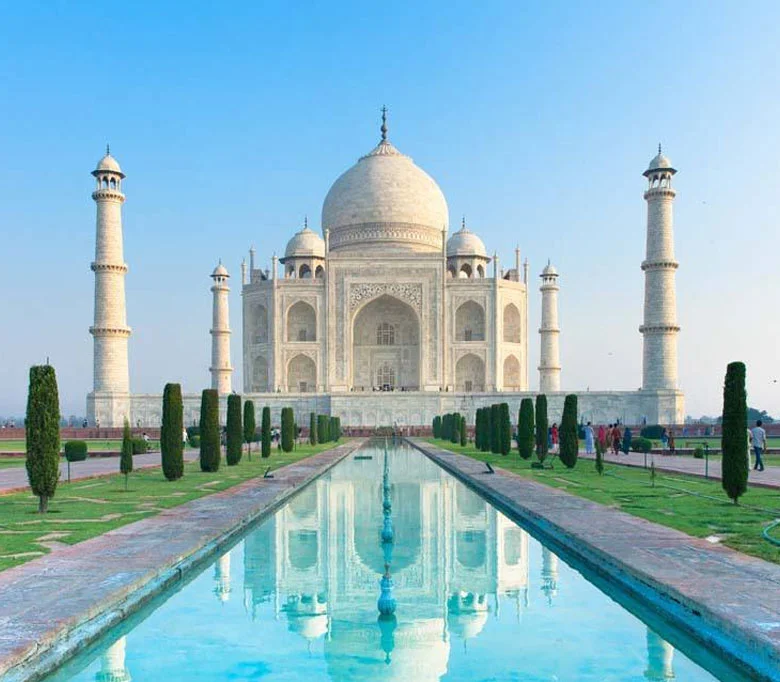








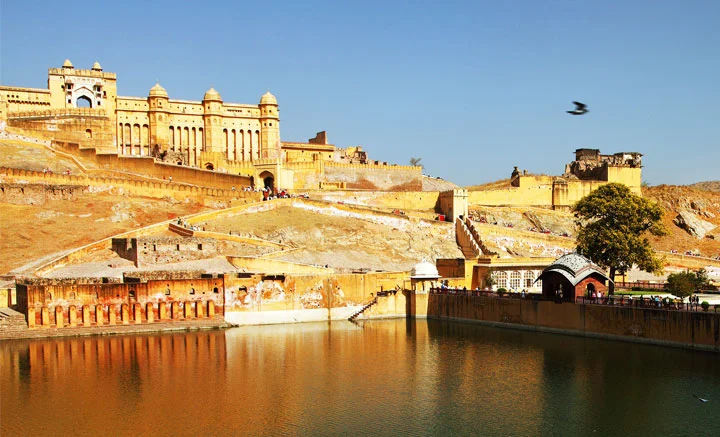
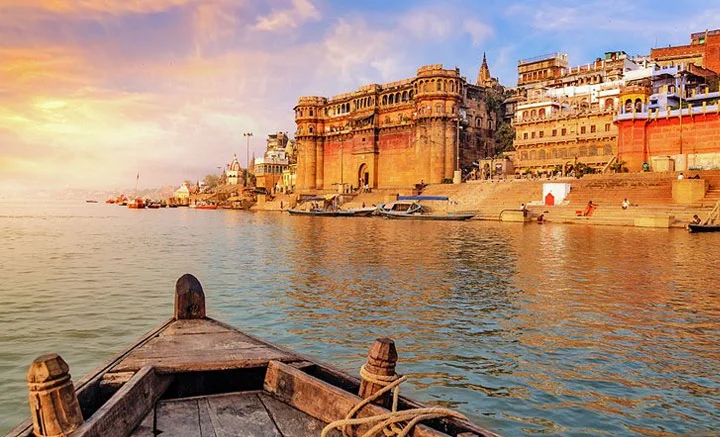
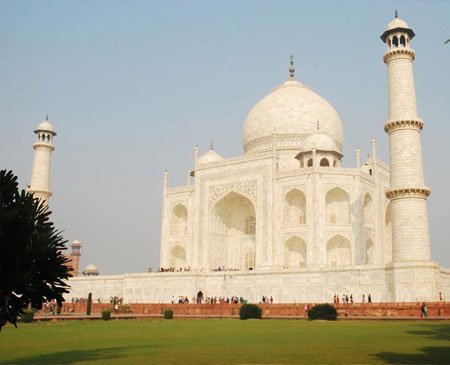
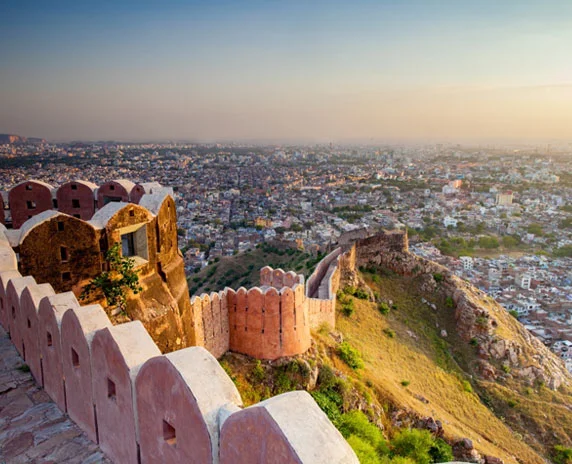

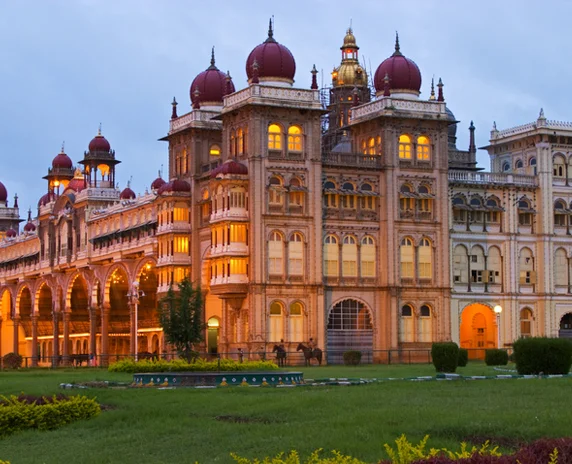




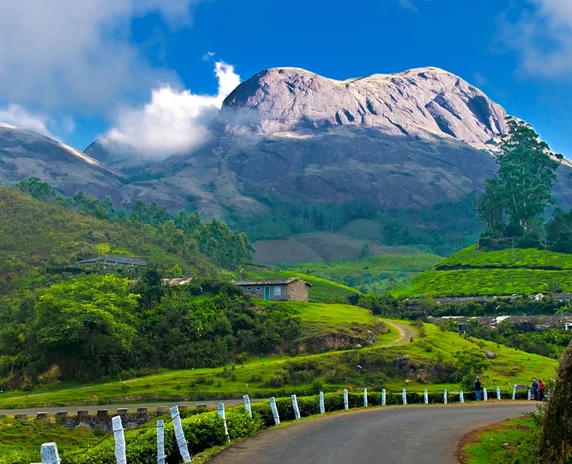
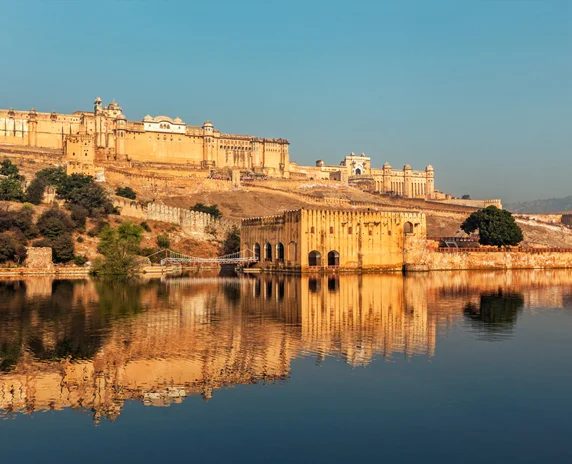

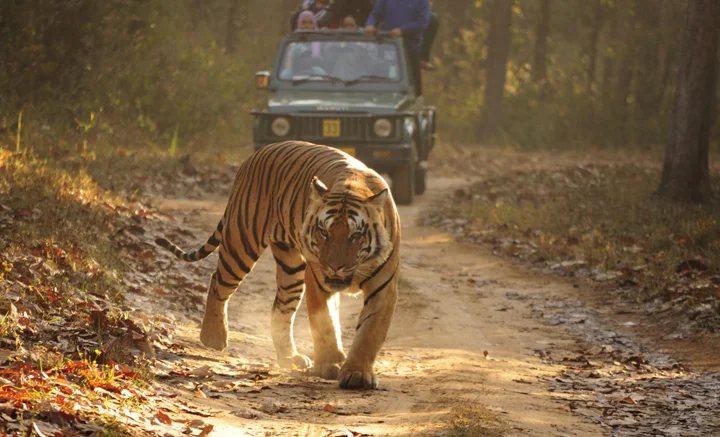




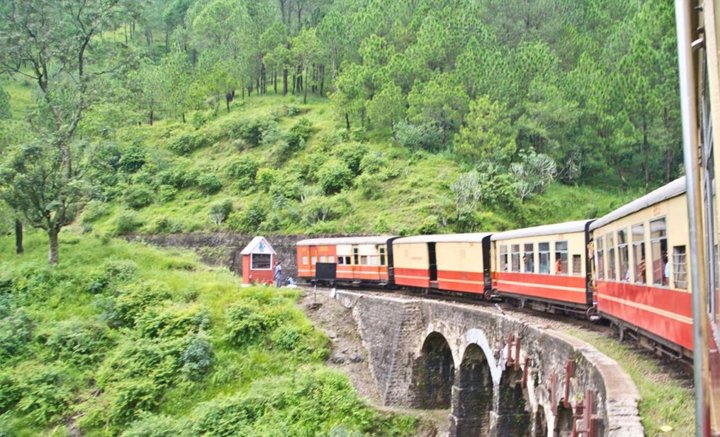
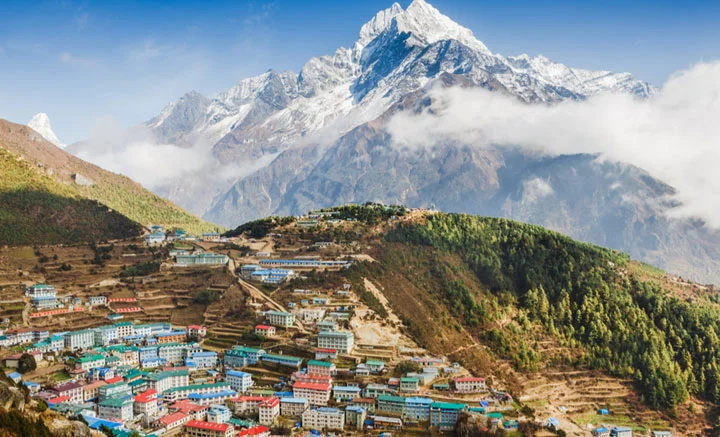

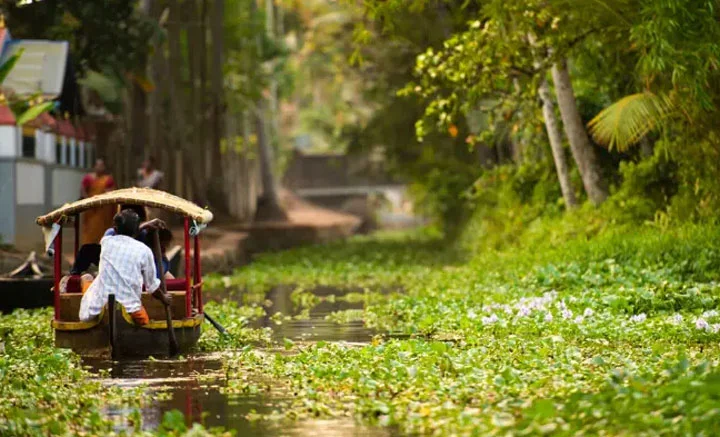
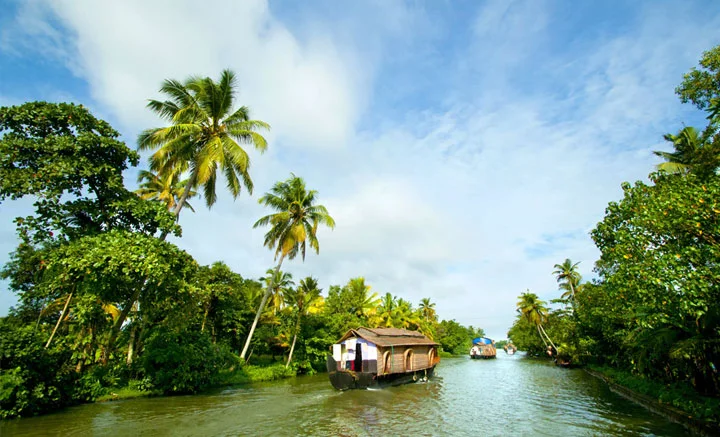
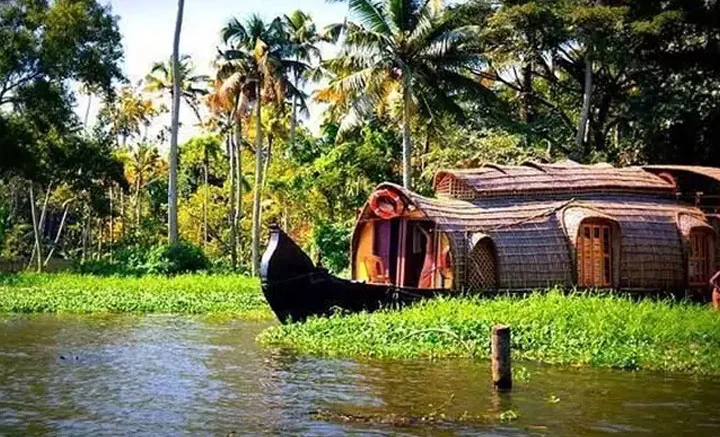







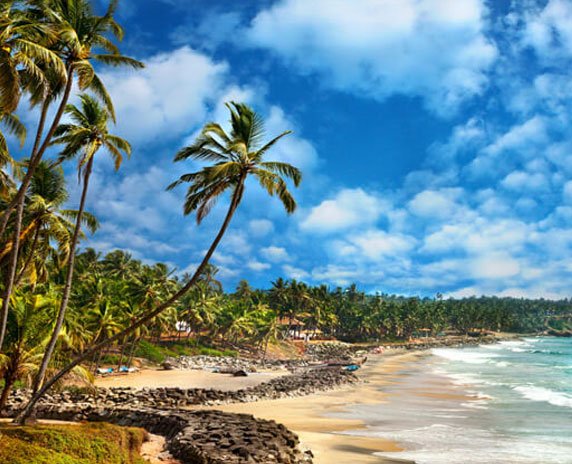



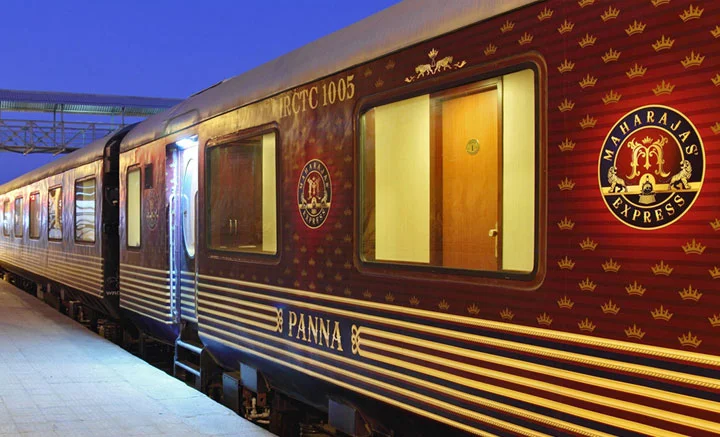
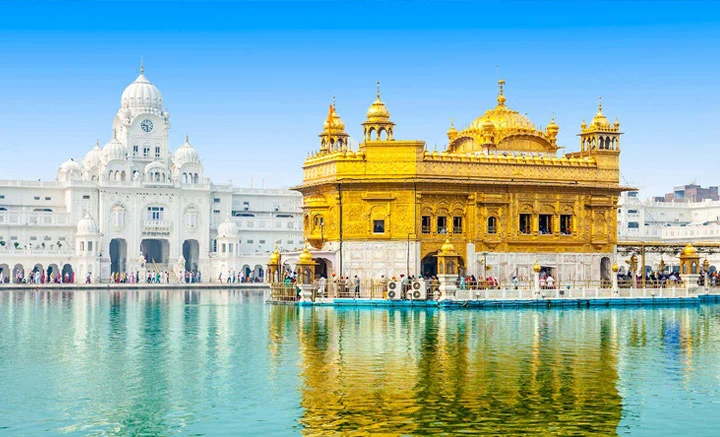



 Read Newsletter
Read Newsletter
